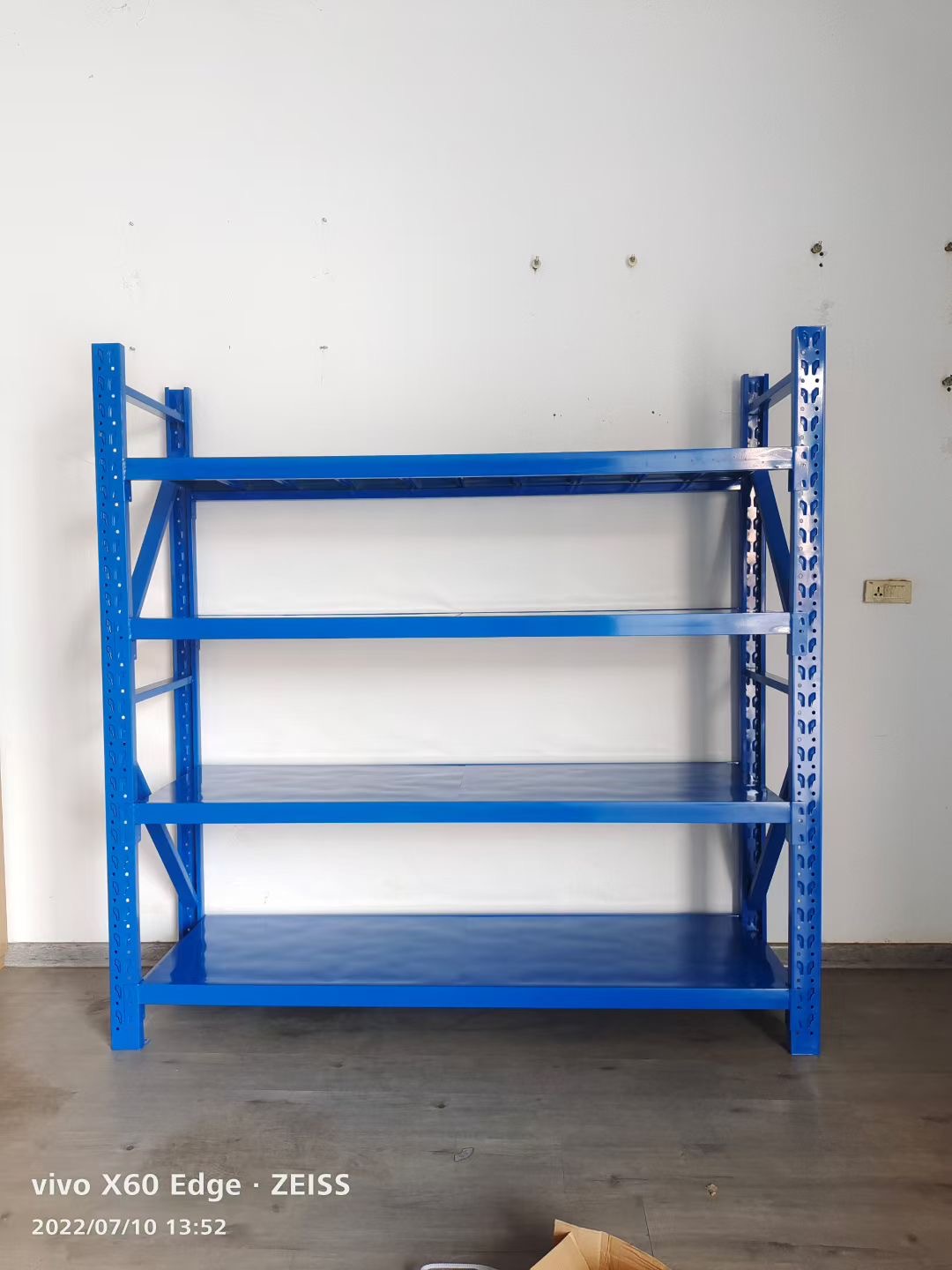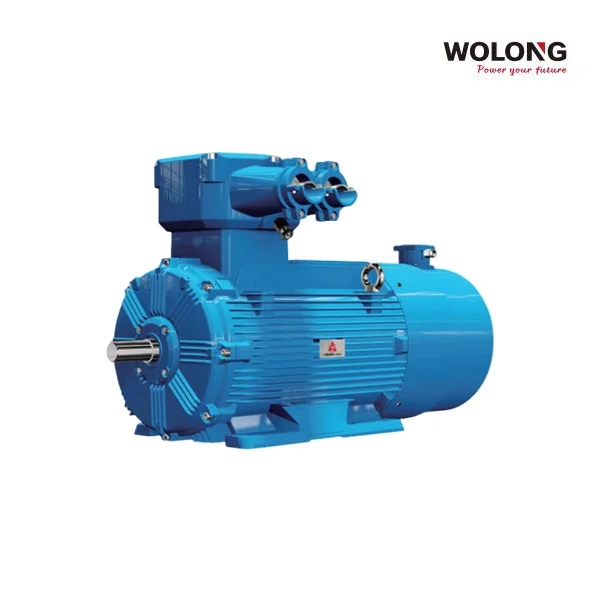
In recent years, 3D printing has revolutionized manufacturing and design processes across various industries. The ability to create three-dimensional objects from digital models has opened up a world of possibilities. While traditional 3D printing materials like plastics and metals have been widely used, advancements in technology have expanded the range of materials that can be utilized. In this article, we delve into the question: Can you 3D print with any material? We explore the exciting developments in 3D printing materials, their applications, and the challenges that lie ahead.
- The Evolution of 3D Printing Materials:
The early days of 3D printing primarily focused on plastics, such as ABS and PLA. However, as the technology progressed, researchers and engineers began experimenting with a wide range of materials. Today, we have materials like carbon fiber composites, ceramics, glass, and even biological substances that can be used for 3D printing. Each material brings its unique properties and opens up new avenues for innovation. - Expanding Applications:
The ability to 3D print with diverse materials has led to a multitude of applications across industries. Let's explore some notable examples: a. Aerospace: Lightweight and high-strength materials like titanium alloys and carbon fiber composites are used to create complex components for aircraft and spacecraft. 3D printing enables the production of intricate geometries that were previously impossible or costly to manufacture. b. Medical Field: Biocompatible materials, such as medical-grade polymers and bioinks, have revolutionized the field of personalized medicine. 3D printing allows for the creation of patient-specific implants, prosthetics, and even organs, paving the way for improved patient care and surgical outcomes. c. Architecture and Construction: Concrete and other construction materials can now be 3D printed, enabling the creation of complex architectural structures with reduced waste and increased efficiency. This technology has the potential to revolutionize the construction industry, making it more sustainable and cost-effective. - Challenges and Future Directions:
While the possibilities seem endless, there are still challenges to overcome in the realm of 3D printing with diverse materials: a. Material Compatibility: Not all materials are suitable for 3D printing due to their physical properties or the limitations of existing printing technologies. Researchers are continuously exploring new materials and developing printing techniques to expand the range of printable materials. b. Process Optimization: Each material requires specific printing parameters and post-processing techniques. Fine-tuning these processes to achieve optimal results can be time-consuming and complex. Ongoing research aims to streamline the printing process and improve material performance. c. Safety and Regulations: With the emergence of new materials, ensuring their safety and compliance with regulations becomes crucial. Understanding the potential health and environmental impacts of 3D printing materials is an ongoing area of study.
Conclusion:
The world of 3D printing continues to push boundaries, allowing us to explore the potential of diverse materials. From aerospace to medicine and architecture, the applications are vast and promising. As technology advances and researchers delve deeper into material science, we can expect even more exciting developments in the future. The ability to 3D print with any material is not just a possibility; it is a testament to human ingenuity and the power of innovation.





